As an avid scuba diver and nature lover, I had always wanted to visit the island of Bonaire in the Netherlands Antilles. It is the location of an island almost completely dedicated to scuba diving and to diving tourists. Bonaire has been a Dutch possession since the 1600s, and there is a definite European style to the hotels and shops there. The houses have gabled roofs and are decorated in bright Caribbean colors. Self-rule was granted in 1954, but the island is still considered a Dutch protectorate.
The island is totally geared for divers. There is a single road that runs north/south on the leeward side of the island. The windward side is very rough and the ocean is really only accessible by boat. There are 63 dive sites, and each is marked by a yellow stone at the side of the road with the name of the unique site on it. The dive sites have great names like 1000 steps, Alice in Wonderland, and my favorite, La Dania’s Leap. This dive is always done by jumping into the ocean from on top of the rocks. A ladder is provided for exits, but everyone must jump in there!
The hotels are generally set up for divers, with shops, supplies, and tanks right on site. Every hotel has a “house reef” that is entered on property. You can freely enter any site on the island, and you can drive your car right onto the beach and then enter the water for your dive. We stocked up on tanks so we wouldn’t have to return to the hotel. Often it is possible to do 5 or 6 dives a day, spending hours underwater.
The Dutch supported slavery until the 1800s when it was abolished throughout the region. The slave quarters still exist on the island, and the yellow stones mark these sites; Red Slave and White Slave for the colors of the huts. I did go into one of the huts and try to imagine life during this time. The huts are only about 8 x 6 feet but housed 4 slaves during the week. Slaves were used to collect salt, one of Bonaire’s principal exports, and salt is still taken today from the huge salt fields on Bonaire.
In the center of the island, there is a 135-acre Flamingo Sanctuary which is one of the largest flamingo breeding grounds in the world. It is home, at times, to over 50,000 flamingos. You can’t enter the sanctuary, but you can get some great pictures from the road which abuts the protected grounds.
In the northwest corner of the island is Slagbaai–Washington National Park, which is another nature sanctuary for parrots, iguanas, birds, and various reptiles. You do have to pay a park fee to enter, and you can only go round one way on the road. You will be greeted at each turn with beautiful desert sights, cactus, flocks of birds, and beautiful wild ocean vistas. It does lie on the windward side, so be prepared with a windbreaker and plenty of water. There are a handful of dive sites in the park for divers to use, but you must bring in tanks and gear because there are no facilities after you pass the welcome center.
Of course, many cruise ships come to Bonaire, and the guests disembark for a day of diving (and other) fun. This ship docks in Kralendijk (the name of the town where everything happens). It was one of the biggest I’d ever seen and the visitors poured into the town.
There are many shops to support tourists coming in, but the best experiences are away from the main dock. One local we met (Larry Bailie from Larry’s Wild Side boat) invited us to his wife Jan’s art gallery, and we spent an afternoon looking at local art, sipping wine, and eating local food.
The local specialty is iguana soup but try the fish pizza too. I did gag on the Bitterballen, a slimy fried ball of goo, but they are another island specialty I tried. The cuisine, for the most part, though, caters to the American tourists with bar fare and fine dining all over the island.
The diving is really fantastic. The entire ocean is a protected park, so divers are treated to an unspoiled pure environment. The fish life is incredible, with tons of tropical fish, turtles, and rays to be seen on every dive. The coral is healthy and varied, and every diver must take a mandatory course in protecting the underwater environment of Bonaire. Divers must also pay a fee to the Bonaire National Marine Park, a group that upholds marine protection in the area and establishes the guidelines for Bonaire divers. If you are a scuba diver, this island is the perfect vacation. It offers diving freedom in an unspoiled ocean.

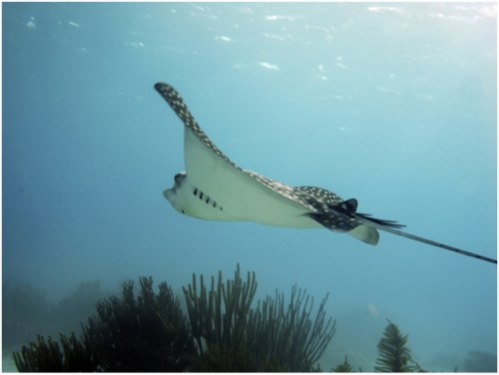
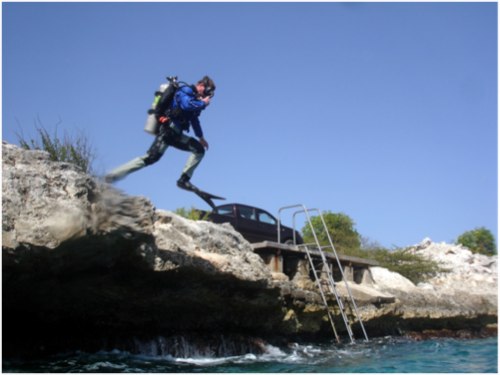
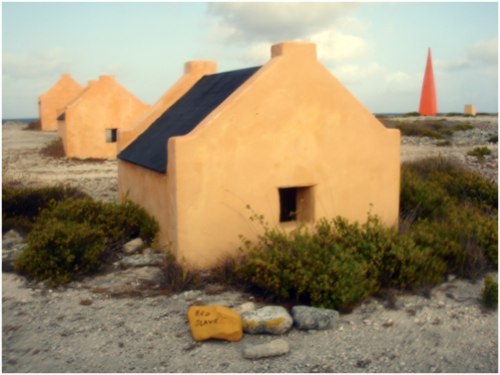
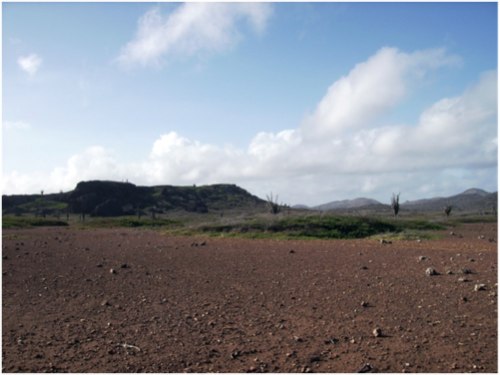
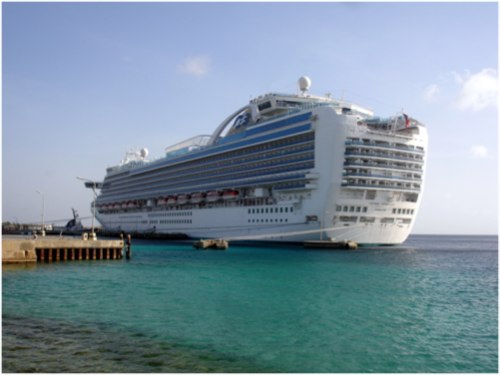
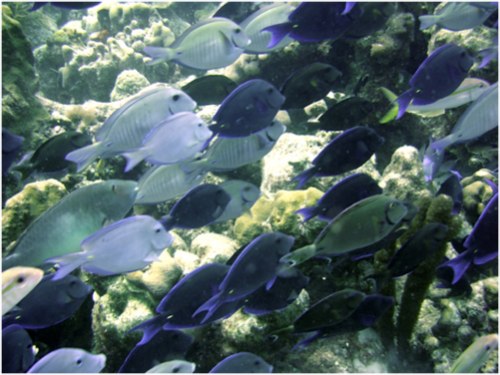
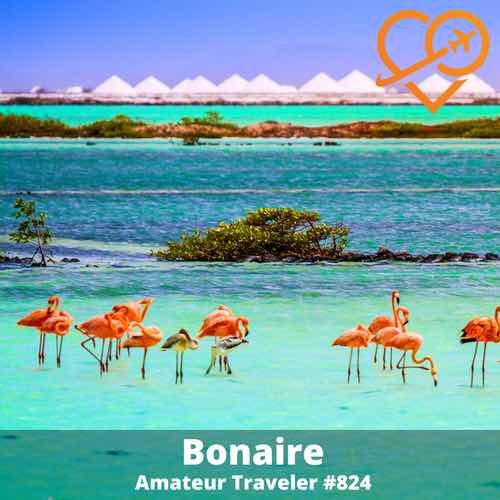 Travel to Bonaire – Episode 824
Travel to Bonaire – Episode 824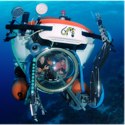 Travel to Curacao – Pleasures of Land and Sea
Travel to Curacao – Pleasures of Land and Sea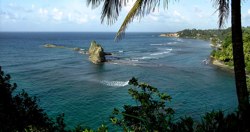 Travel to the Island of Dominica – Episode 146
Travel to the Island of Dominica – Episode 146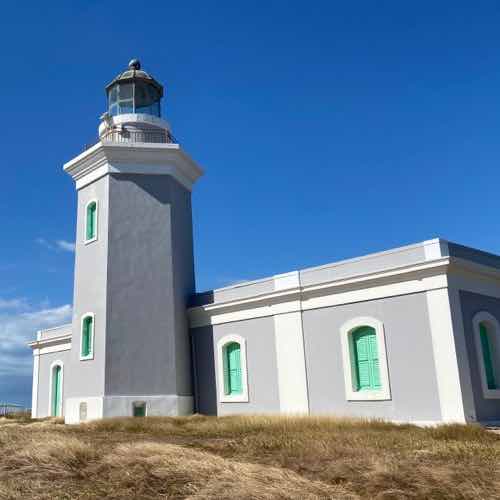 12 Best Things To Do On Puerto Rico’s West Coast
12 Best Things To Do On Puerto Rico’s West Coast

